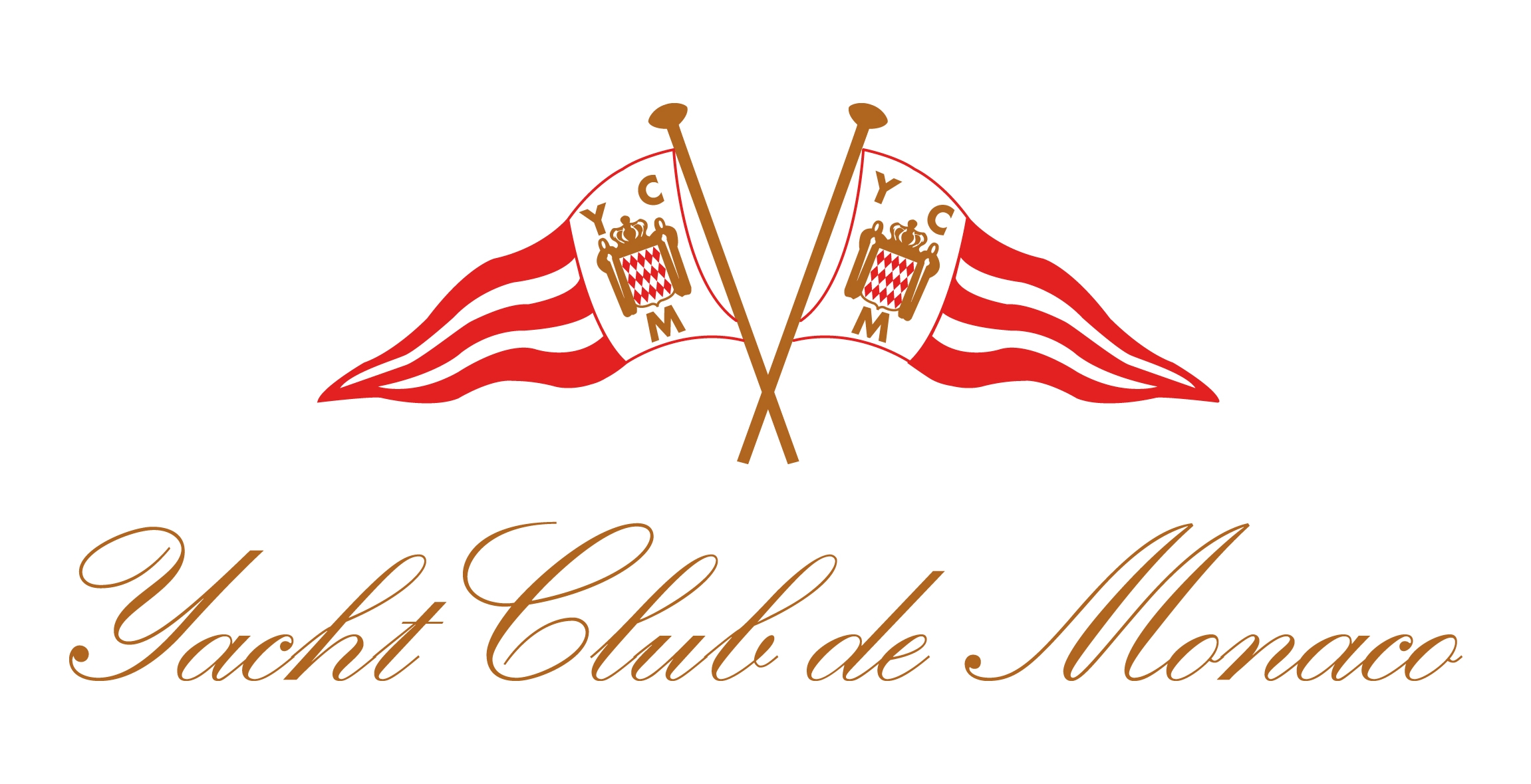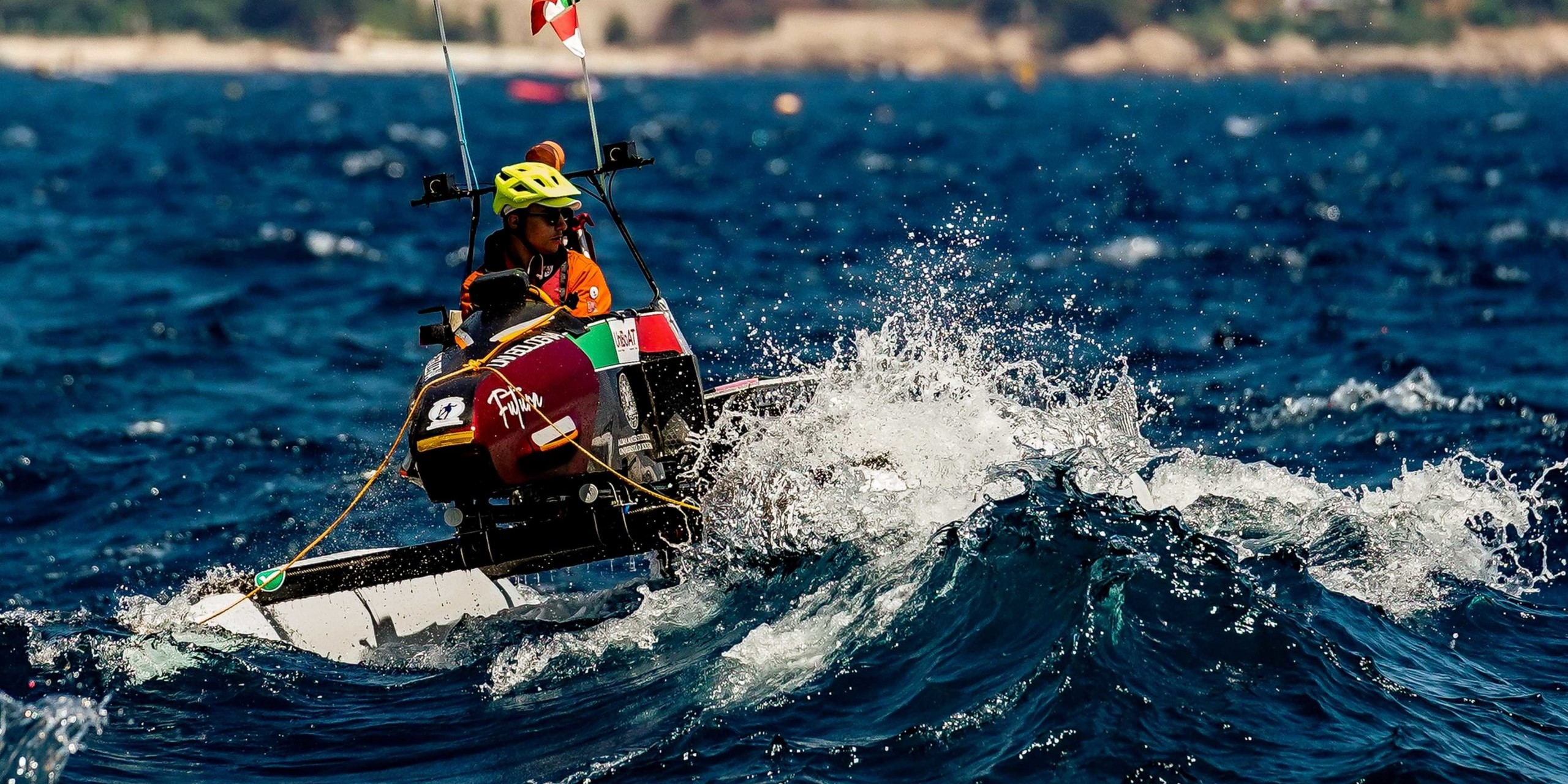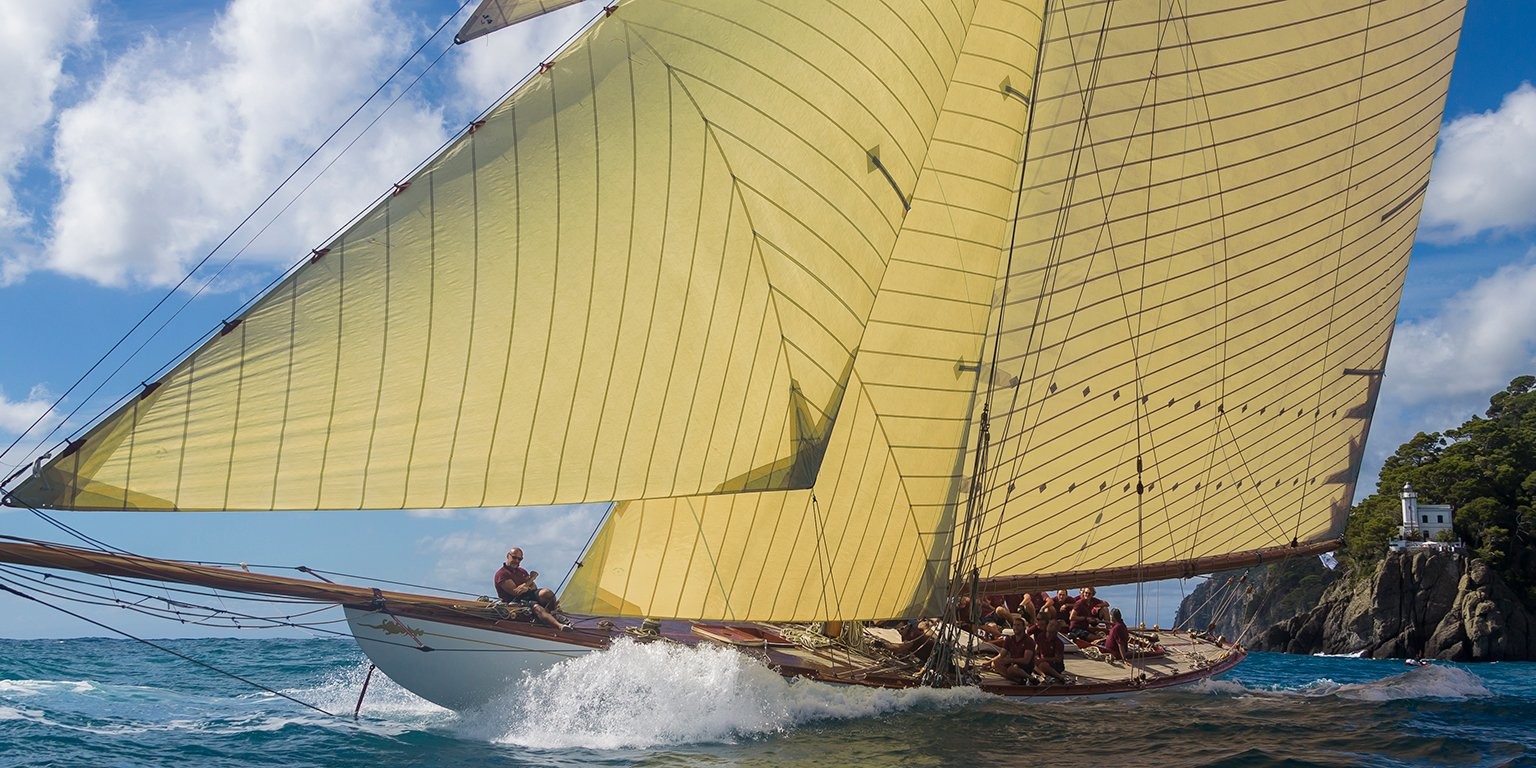“La Belle Classe Superyachts” Business Symposium
An annual gathering for the yachting industry, the ‘La Belle Classe Superyachts’ Business Symposium, organised by the Yacht Club de Monaco as a dinner-debate, is an opportunity to analyse developments, challenges and problems in the sector but also for professionals and owners to meet at an evening that is unique. “It is always a pleasure to welcome those involved in the yachting chain for this event which celebrates its 12th edition this evening,” said Bernard d’Alessandri, YCM General Secretary.
The speakers chosen for the evening brought with them a very particular expertise as the Symposium focused on the life cycle of a yacht, a theme close to the hearts of owners when they embark on this adventure. Designed and built in the image of its future owner, a yacht will indeed go through different stages from initial drawings to the boat builder, day-to-day management, maintenance and beyond.
Who is the new generation of owners?
For an overview of the industry, it is important to take stock of the year just past and the current financial situation. Presented by Merijn de Waard from Superyachttimes.com, the results help inform what may lie ahead in terms of challenges for 2020. With the trend being towards stability, the industry, which experienced a slowdown notably in construction of boats over 30m following the 2008-9 financial crisis, has been holding up well since 2013. The market is healthy with a fleet of 30+m yachts exceeding the 5,000 mark in 2019 with the number, according to Superyachttimes.com, now standing at 5,092.
Having established the context, discussions moved on to an issue that preoccupies many a professional: what exactly is the profile of new owners? Where do they come from, are they business men and women, or heirs to family fortunes, what relationship if any do they have with yachting, etc. All are useful questions as while the market is constantly evolving, so too are the customers who ultimately drive it.
The observation is that these new billionaires “are younger, attracted by technology and a cutting edge industry, and based in the United States,” says Merijn de Waard.
All agree it is important to present new programmes, activities and destinations to continue appealing to owners and to offer them new experiences. The industry is working hard to remain attractive.

Passion at a price
While a yacht’s design needs to reflect the owner’s desires and personality, the cost of its design can act as a brake. However, this can vary enormously as designer and naval architect Espen Oeino explained. He highlighted in detail choice of materials, new trends in financing and tips on how to optimise costs at the design phase. So many decisions have to be taken that could inflate or, the opposite, reduce the final invoice. “A yacht is above all a fabulous way to be free,” stressed the designer, “but obviously a yacht generates a carbon footprint. Today it is vital we reduce the impact it may have on the environment. There is also a growing demand from owners. Hydrogen, electric engines, solar power – many solutions are being developed but there is no universal recipe as yet.” Note that it is to meet this need to compare different propulsion methods that the YCM organises the Solar & Energy Boat Challenge (1-4 July 2020).
Same vision for Michel Buffat, head of Yacht and Aviation finance at Credit Suisse. Beyond the newbuild price, banks are very interested in the yacht’s design, the yard’s reputation and also any innovations being incorporated. The key phrase now is “respect for the environment”. It is a phenomenon also driven by pressure from the public who believe yachts must play their part in the battle against greenhouse gas emissions: one way to push the industry to be beyond reproach. “ Banks will always look at these criteria and are very aware and sensitive to the issue,” concluded the Credit Suisse representative, who believes the yachting industry should have environmental indexes.
Fadi Pataq, Director of German shipyard Nobiskrug, returned to the allocation of costs, especially on 80m yachts. For example, 50% of the cost relates to the materials compared to 18% for the interior design and only 17% on construction and 15% for pure engineering. It was also noted that the design, its complexity and the innovation factor, is one of the aspects that can inflate the bill. To keep track of these expenses, the project manager has a major role to play in keeping an eye on the specifications and expenses.

Yacht management: a question of choices
Barely has it left the yard and a yacht comes to life. It remains to be seen how it will be used. Clearly sound management can significantly optimise running costs, the idea being to advise the owner on every aspect related to operating their yacht: crew salaries, overwintering, maintenance, insurance, finance strategies, etc., all points addressed by Matthias du Verle, member of the Captains Club and Superyacht Explorers, alongside Nicholas Mior from Ascoma Maritime.
Paul Flannery, Executive Director of IYBA, then talked about charter management and when to sell. The owner has to think about the “after” by asking themselves how they can maximise charter income, maintain the yacht’s maximum value and decide when is the right moment to sell it. It has been shown that 25% of yacht owners charter their yachts, generating net revenues of €400 million, a trend explained by owners wanting income to offset operational costs. He also pointed to the domination by America which leads the global market, with US$ 121.7 billion generated by recreational boating. In Florida alone the sector generates US$23.1 billion, creating 92,000 jobs managed by 6,100 companies (all boat sizes combined).
Maintaining the prestige
How to optimise costs when it comes to repairs and refits? Throughout a boat’s life, obviously this requires painting, anti-fouling, annual maintenance of engines, generators, etc., hence why preventive maintenance is key to limit operational costs, with works usually scheduled nine to 12 months in advance.
The Yacht Club de Monaco, in its public service role to contribute to and promote Monaco as Capital of Yachting, together with the Cluster Yachting Monaco, drives many events that take place throughout the year for the industry.
After the La Belle Classe Superyachts Business Symposium, attention now turns to the Environmental Symposium and YCM Explorer Awards by La Belle Classe Superyachts (Thursday 26th March 2020) which recognises owners who take their environmental responsibilities seriously in the design and the way they use their superyachts. This is yet another initiative that illustrates the YCM’s proactive approach, as a major player in this industry, to developing vocations and building the yachting industry of tomorrow.
|
A few figures |
|
| 5,092 number of 30+m yachts in circulation in 2019 | |
| 25 % percentage of yacht owners chartering their boats | |
| €400 millions revenue generated by charters | |
| 75 % percentage of charters located in the Mediterranean | |
| 458 number of 30+m yachts under construction in 2019 | |
| 228 number of 30+m motor yachts sold in 2019 |
Dernières publications
17 April 2024
To encourage R&D and development of sustainable yachting
11th Monaco Energy Boat Challenge (1-6 July 2024) To encourage R&D and development of…
14 April 2024
5th for YCM
5th for YCM Handivoile League Championship – Saint-Raphaël 13-14 April After the Hansa North Cup…
9 April 2024
Catalan port of call for YCM’s gaff cutter
Catalan port of call for YCM’s gaff cutter Tuiga – Barcelona 7-14 April Yacht Club de…



